A researcher from Liechtenstein has asked me for help. She has encountered three partially encrypted letters from the early 19th century. Can a reader decrypt them?
My first blog post of 2015 covered a letter written by Vincent LeRay de Chaumont (1790-1875), a French nobleman, who spent a part of his life in Jefferson County, NY. The letter is dated January 10, 1817. It was provided to me by blog reader Kent Ramliden from Florida.
The letter is obviously written in shorthand. Shorthand was mainly applied to increase the speed of writing. However, there were so many different systems in existence, some of which were only known to few people, that shorthand writing often served well as a means of encryption, too. Today it is often hard to tell, whether a particular note was written in shorthand for speed or secrecy reasons. In many cases it was certainly a combination of both. While there are still many of people around, who can read the major shorthand flavors, some of the less common systems require cryptanalysis.
The solution of the 1817 letter
After I had published the LeRay letter, Kent Ramliden provided me some interesting additional information. He had encountered a shorthand substitution table that proved to fit.
As it seems, the letter starts with “mon cher monsieur”. It continues with “je vou fai[s]”. It should be possible to decrypt the rest of the letter, too. However, so far I am not aware of somebody, who das done so. It certainly requires some knowledge of French, as some letters have been omitted to make the shorthand even shorter.
Three more encrypted letters
Two weeks ago, I was contacted by art historian Dr. phil. Claire Bonney Brüllmann from Hochschule Vaduz, Liechtenstein (for those who don’t know: Liechtenstein is the sixth-smallest independent nation in the world and besides Germany, Switzerland and Austria one of four countries with German as the main language).
Ms. Bonney Brüllmann has intensively researched the history of the LeRay family and was surprised to find a letter of Vincent LeRay on my blog. In the course of her researches, she has encountered three more encrypted LeRay letters. She asked me if I could publish them on my blog and ask my readers for support in solving them. It was my pleasure to do so.
The letters stem from the Brownell Collection of the Paul Smith’s College in New York State. The Paul Smith’s College is located in the Adirondack Mountains, which are also the home of two other interesting crypto stories, namely the Debosnys murder case and the Noah John Rondeau diary.
The three LeRay letters are probably written in French. Here’s letter number 1 (November 16, 1813):
The second letter (November 19, 1813):
Here’s the third letter (November 23, 1813):
As it seems, LeRay encrypted these letters with the same substitution table as his 1817 letter. Can a reader decrypt them? Ms. Bonney Brüllmann would certainly appreciate it.
Follow @KlausSchmeh
Further reading: Who can decrypt this shorthand postcard from 1904?

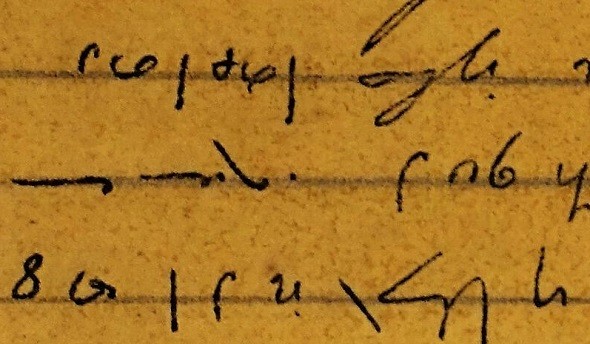
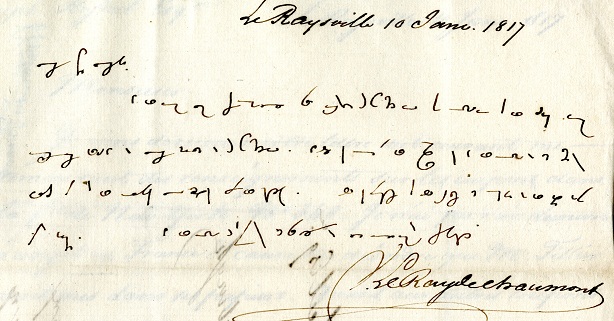
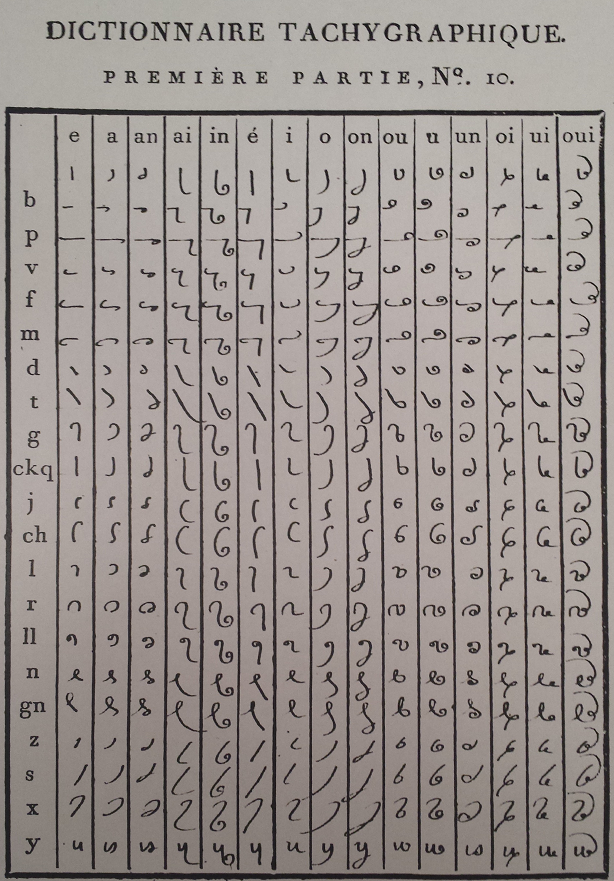
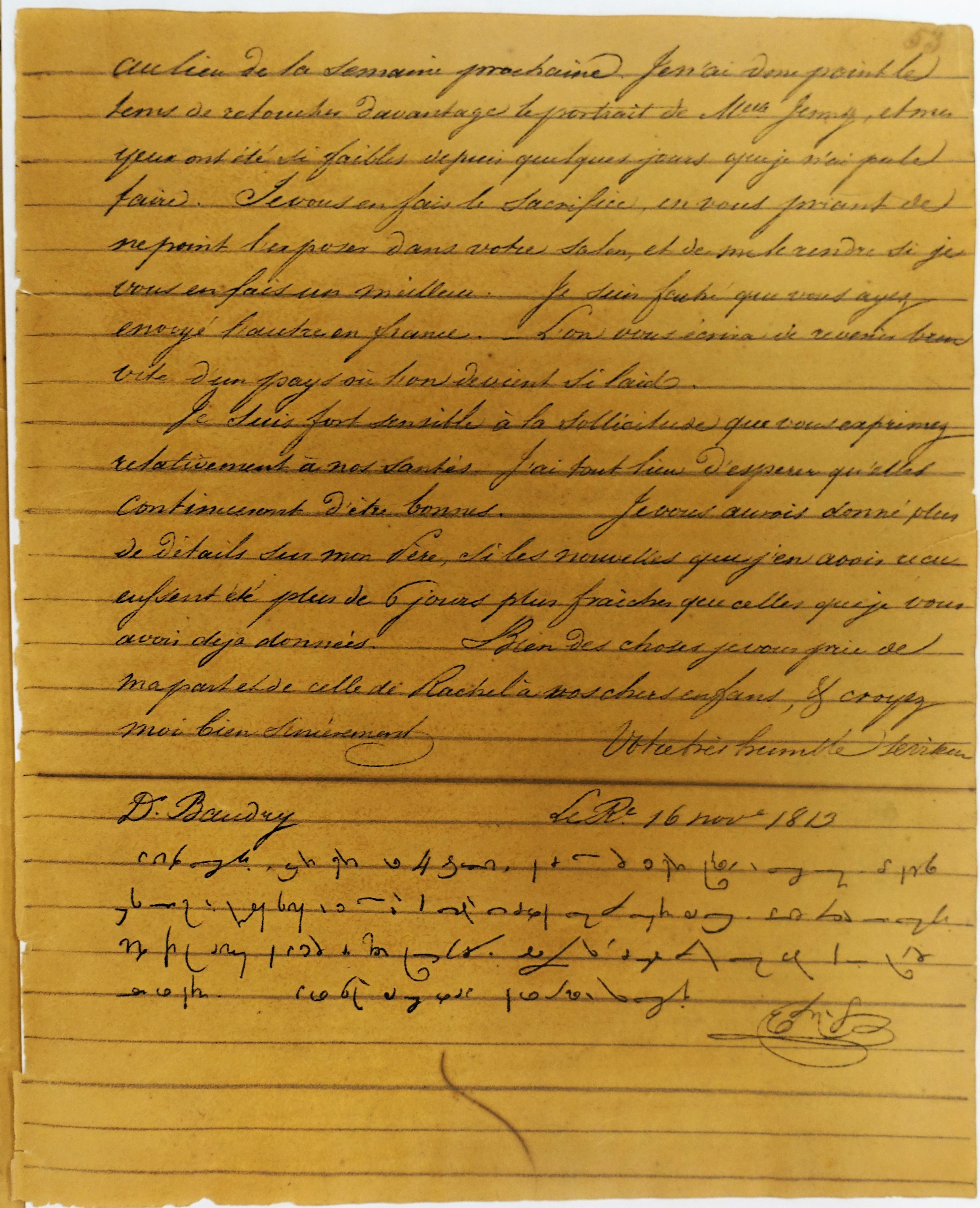
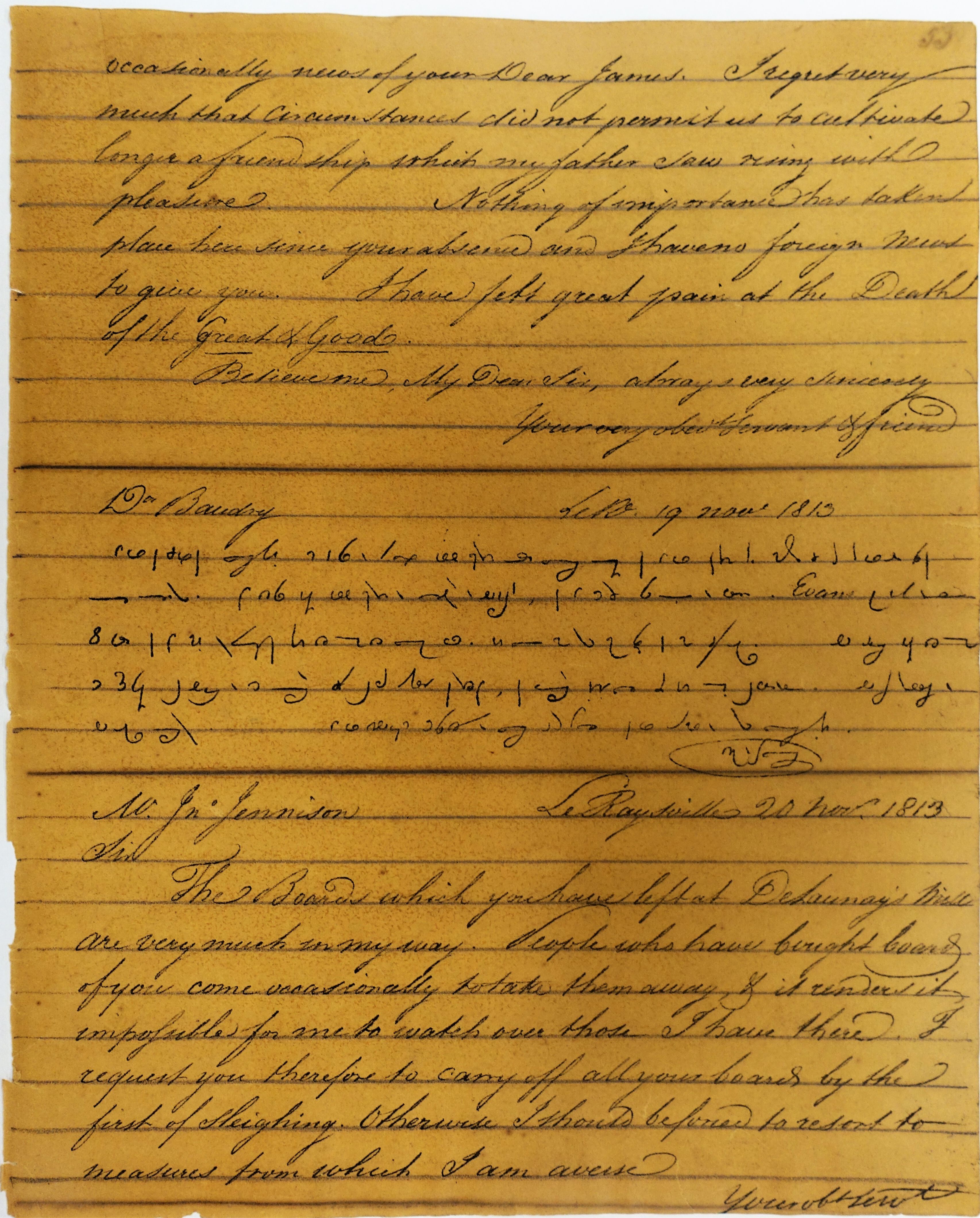
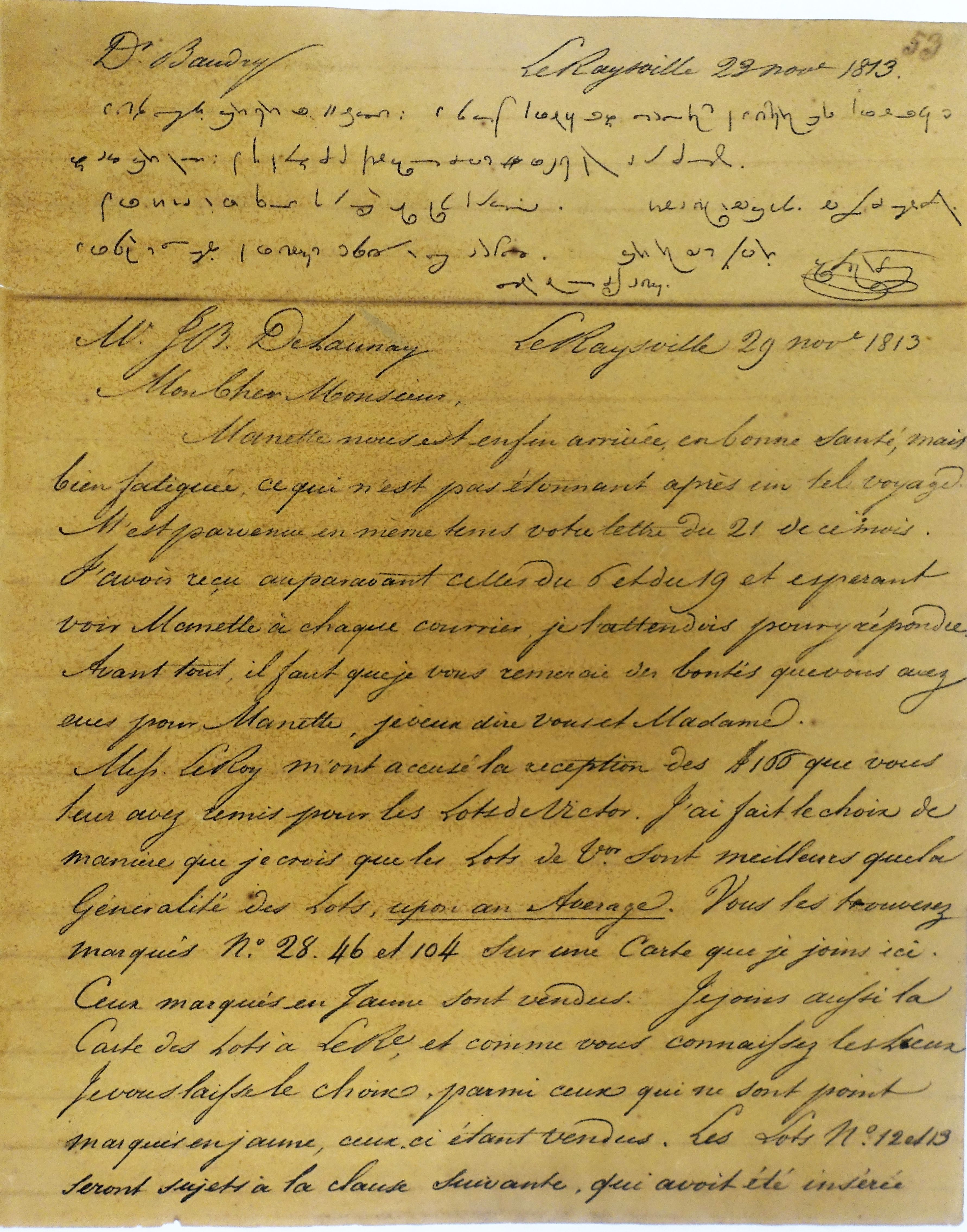

Kommentare (28)